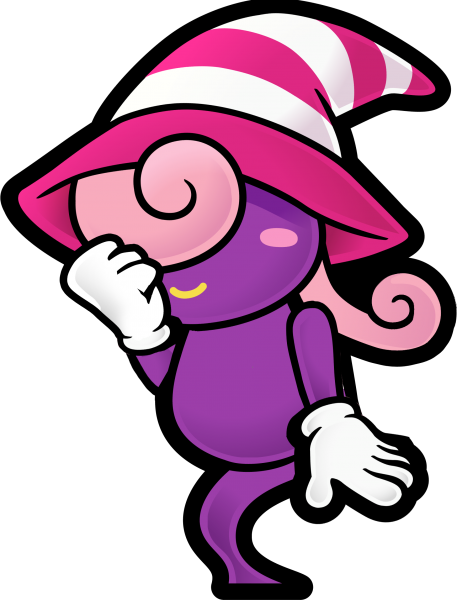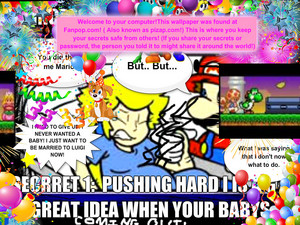

If the player wins the battle, the player is awarded Star Points for every 100 Star Points, the player levels up and chooses to increase his maximum HP, FP, or BP. Special attacks, which are unlocked each time the player acquires a Crystal Star, are more powerful and require varying amounts of Star Power to execute. Stronger attacks require Flower Points (FP) to execute and are shared among Mario and his partners. If Mario's HP is reduced to 0, however, the game ends and the player must start again from the last saved point. When a partner's HP is reduced to 0, the partner becomes inactive and cannot be used until revived. Some player attacks, such as Mario's hammer, can only target enemies on the ground, and enemies with spiked heads will instead damage Mario if he jumps on them.Įach character has its own heart points (HP) that decreases each time it is attacked by an enemy. Enemies have advantages based on their position on the stage or on their qualities. For example, pressing the button when Mario jumps on an enemy causes him to jump on it a second time. Attacking and defending can be enhanced by executing timed button presses. The player controls both Mario and his currently selected partner, and chooses actions for each of them, which include attacking an enemy, using an item, or swapping the partner with another. When Mario comes into contact with an enemy in the overworld, the game transitions to a battle screen, taking place on a stage. Similar to its predecessor, combat in The Thousand-Year Door follows a turn-based battle system. The audience spectating the battle reacts when the player successfully lands attacks. Mario and Goombella battle Hooktail, the game's first major boss. During the interlude between the game's chapters, the player controls Peach in the X-Naut Fortress and Bowser in multiple side-scrolling levels based on the original Super Mario Bros. Mario is also "cursed" with abilities that allow him to fold into a boat or a paper airplane these are performed when he stands on a special "activation panel".

These skills include activating switches and removing physical barriers.

Each character has a specialized skill, some of which are required to solve puzzles. Throughout the game, up to seven characters are permanently added to the player's party one character is present alongside Mario at any given time and can be switched out at any point. When equipped, these badges can permanently enhance a particular skill or aspect, or, in some cases, give Mario new abilities. Mario can also purchase "badges" from non-player characters (NPCs), find them hidden in the environment, or occasionally obtain them from defeated enemies each badge requires a certain amount of Mario's badge points (BP) in order to be equipped. The effects of these items range from healing Mario or his partner to damaging the opponent. In the overworld, the player can find items that can be used in and outside of combat. In these locales, he is tasked with retrieving seven Crystal Stars which involves Mario completing puzzles and defeating enemies to proceed. The player controls a two-dimensional version of Mario and explores a variety of worlds designed to look like paper. The Thousand-Year Door is a role-playing video game (RPG) with other nontraditional RPG elements. Mario folds up into a paper airplane thanks to his paper-like curse to glide across a large gap. The game was followed by Super Paper Mario, which released for the Wii in 2007. The Thousand-Year Door won the "Role Playing Game of the Year" award at the 2005 Interactive Achievement Awards, and is commonly called the best game in the series. The game was praised by critics, generally lauded for its engaging plot and gameplay. The game was announced at a 2003 Game Developers Conference and was released mid-July 2004 in Japan and late 2004 for the rest of the world. For the majority of the game the player controls Mario, although Bowser and Princess Peach are playable at certain points. The Thousand-Year Door borrows many gameplay elements from its predecessor, such as a drawing-based art style, and a turn-based battle system with an emphasis on timing moves correctly. In the game, when Mario and Princess Peach get involved in the search for a mystic portal that holds great fortune, Peach is kidnapped by an alien group called the X-Nauts Mario sets out to find the treasure and save the princess.
#THOUSAND YEAR DOOR ROM GLITCH SERIES#
The Thousand-Year Door is the second game in the Paper Mario series following Paper Mario, and is part of the larger Mario franchise. Paper Mario: The Thousand-Year Door is a 2004 role-playing video game developed by Intelligent Systems and published by Nintendo for the GameCube.


 0 kommentar(er)
0 kommentar(er)
